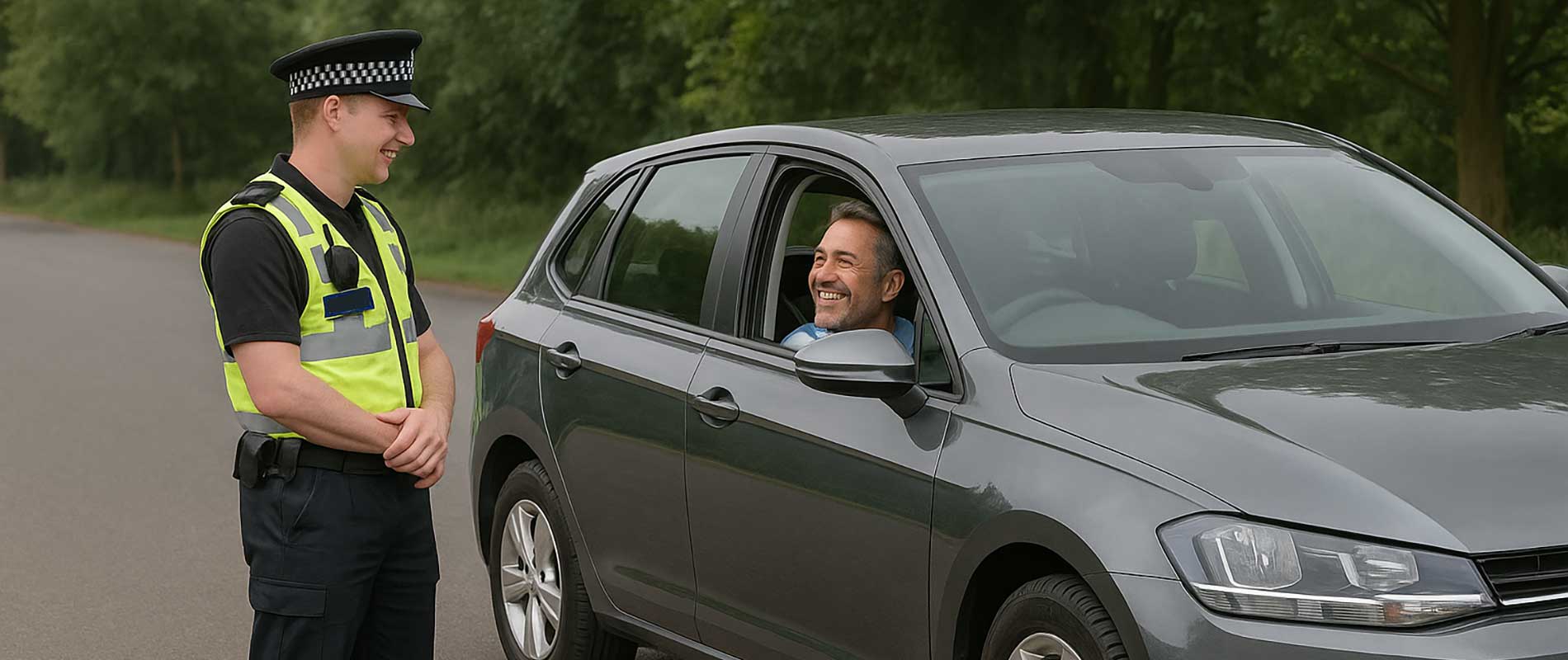When your partner’s past comes into play
It’s a common dilemma. You share a car, your partner wants to be added to your policy, and then the awkward truth comes out; they’ve got a driving conviction. Maybe it was years ago, maybe it’s recent. Either way, insurers will want to know. The moment you add their name to your policy, their record becomes part of your risk profile too. And that can change things more than you might expect.
Why insurers treat convictions seriously
Insurance is built on shared risk. The company looks at everyone named on the policy to calculate the chance of a claim. So if your partner has points, a disqualification, or a record such as a DR10 or IN10, the insurer sees a higher likelihood of something going wrong. Even if you’re the main driver, their conviction can still influence the price, because they’ll occasionally be behind the wheel.
Different insurers weigh convictions differently. Some add only a small increase if the offence was minor and several years old. Others raise premiums sharply or refuse to cover the additional driver at all, particularly if the conviction was recent or serious. It’s all down to the type of offence, when it happened, and how the insurer’s algorithm interprets the risk.
How your premium could change
There’s no universal rule, but most insurers will quote higher once a convicted driver joins the policy. A partner with a few old speeding points might add only a modest amount, while a recent drink-driving or uninsured-driving conviction could double or even triple the cost. In rare cases, your insurer may cancel the policy altogether rather than continue under new circumstances.
If you’re adding the partner mid-policy, your insurer might charge an “adjustment fee” as well as recalculating the premium. If you wait until renewal, you’ll see the revised price built into the next term. Either way, it’s best not to make the change without checking the numbers first.
When a new policy makes more sense
Sometimes it’s cheaper and simpler for your partner to get their own insurance instead of joining yours. Specialist convicted driver insurers often offer fairer rates for those rebuilding their records, and their policies are tailored to reflect individual circumstances. That keeps your main policy clean and avoids the domino effect of one person’s conviction raising both drivers’ costs.
On the other hand, if you regularly share the same car and the conviction is older, combining policies may still be the most practical route. Always compare both options before deciding; joint and separate. The results can differ more than you’d think.
Being honest is essential
Tempting though it might be, never hide your partner’s record. Insurers cross-check licence details through databases like the DVLA, and non-disclosure can void the policy for both of you. That means you could both end up uninsured, and future applications would become much harder. Declaring everything upfront protects you both and keeps your cover valid.
How to manage things going forward
If your insurer accepts the change but the price feels punishing, you can still take steps to soften it. Reducing mileage, keeping the car garaged, fitting a dashcam, or choosing a telematics policy can all help. Some insurers also offer discounts for clean driving records over time, so the longer your partner drives responsibly, the more likely their past will count for less.
Adding a convicted partner to your policy doesn’t have to spell disaster, but it does require honesty and planning. A little patience goes a long way. Convictions fade, premiums fall, and insurers eventually see steady behaviour as proof that lessons were learned. The key is to handle the change openly, stay compliant, and drive carefully from here on.

